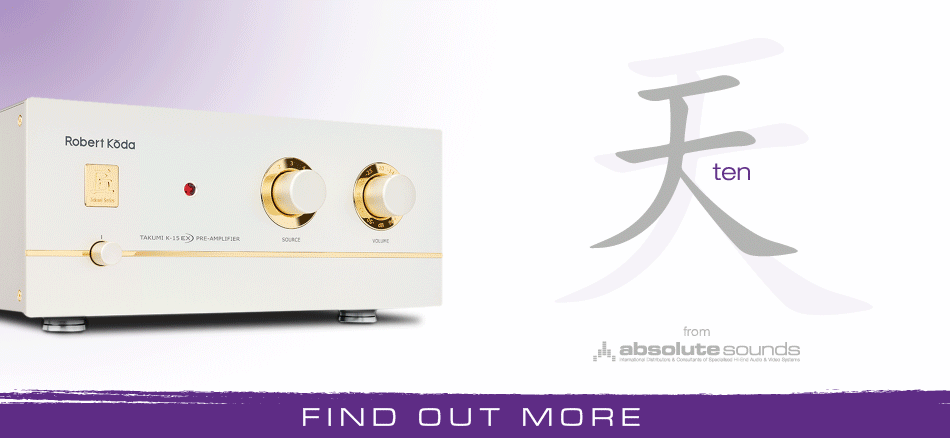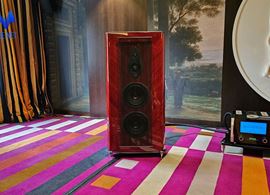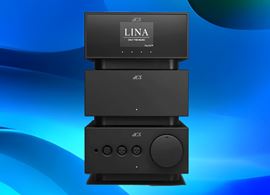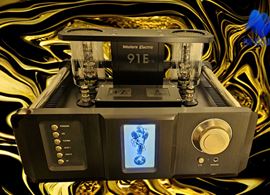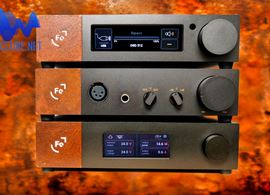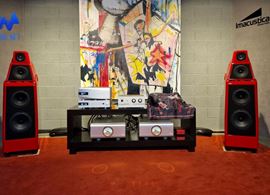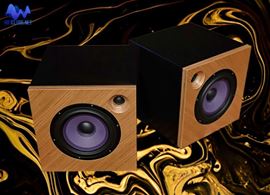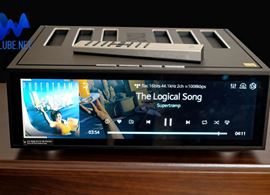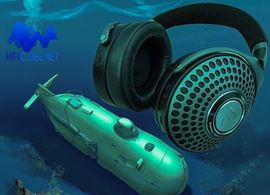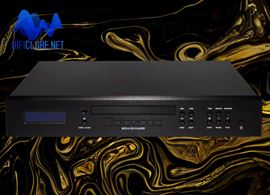In September 1995, I attended the TOP Milan hifishow, where Franco Serblin himself introduced the new Concertino monitor speakers, inspired by the painting of the same name by Antonio Bueno: two angelic figures playing ancient instruments.
In March 1996, I published an article about the Concertino in DN, titled ‘The Italian Cherub,’ where I described the new speakers as follows:
‘The Concertinos are beautiful and elegant, as only angels can be, but they have a deep voice, which leaves us with the eternal question about the sex of angels. And, after all, what is audio criticism if not a discussion about the sex of angels?
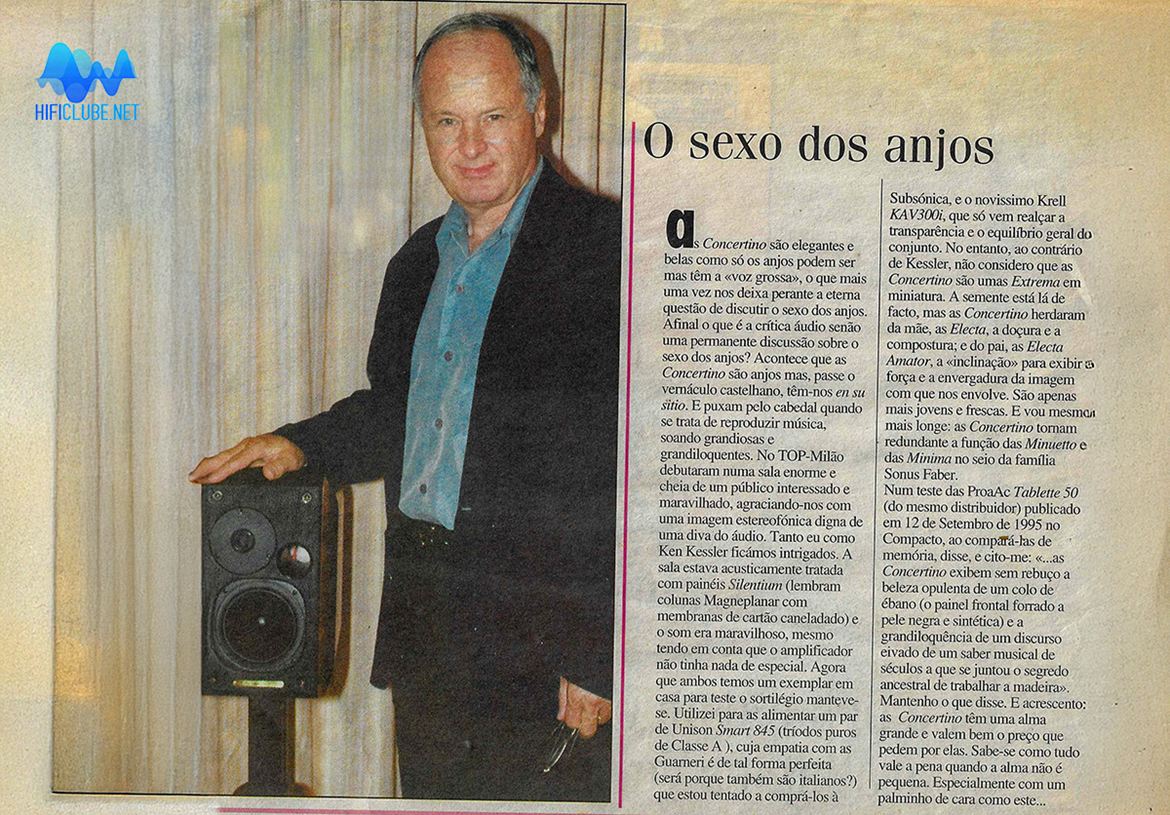
Franco Serblin showcasing the original Concertino at TOP MIlano 1995
I own a pair of original Sonus faber Concertino speakers, signed by Franco Serblin. When I heard that a commemorative G4 model was being launched to mark the 30th anniversary of the Concertino, I asked Manuel Dias CEO of Imacustica for the honour of testing it.
As a limited production of only 300 numbered units, the first batch of 100 sold out immediately, so I had to wait a year before I could compare them side by side. Only then did I confirm what I had already suspected: they share only the name.
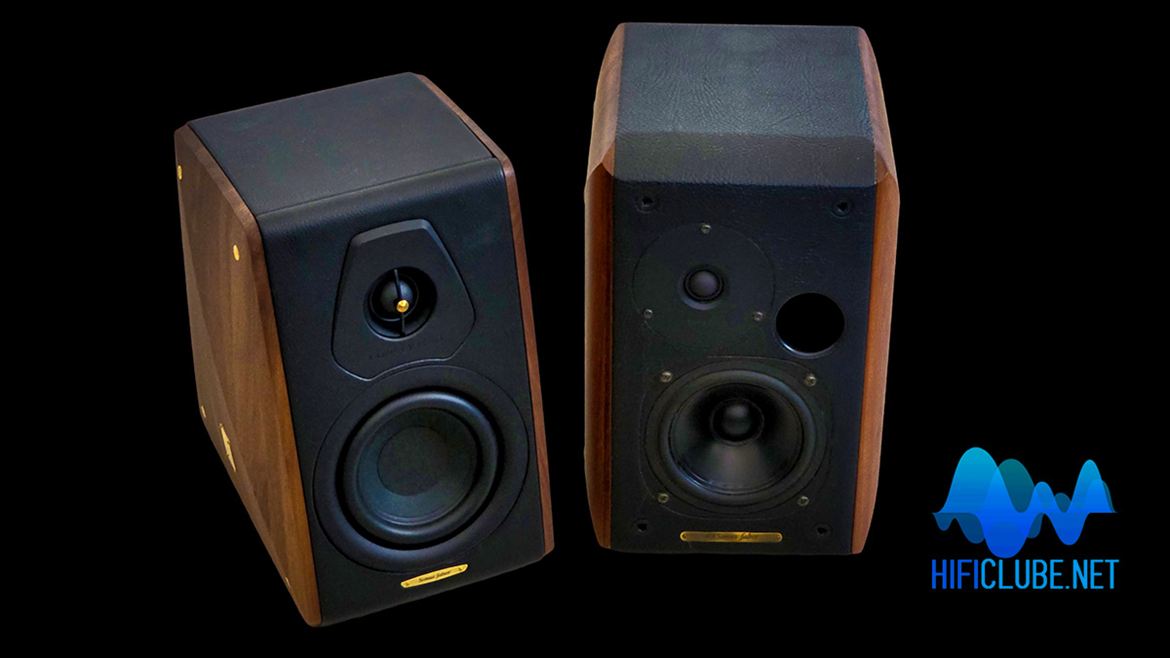
New Sonus faber Concertino G4 and original Concertino (right)
Almost 30 years later, the Concertino G4 still carries the beauty of angels, but now they are of female gender: the voice is clearer, more transparent, more precise, and more informative; the treble is more prominent; and the bass is more articulate and defined. They have also lost the handcrafted charm that always characterised Franco Serblin's work.
Livio Cucuzza has elevated this traditional craftsmanship to the modern status of sustainable art. This may be why they now cost €4,700, when the original price was €750. Additionally, the timbre that once characterised them has also changed, much like comparing an old violin to a modern one.
Indeed, the new Concertinos are not merely another 4th-generation update; they serve as a declaration of love for nature, as seen in the choice of materials and the natural sound quality.
In Arcugnano, the tenants have changed (and the landlord is Bose, which acquired the McIntosh group). Still, Sonus faber speakers continue to be crafted with the ingenuity and artistry of old violin cases, now featuring an ingenious addition: an internal core moulded from Portuguese cork waste.
Yes, it is probably the waste leftover from the millions of Port wine bottle corks, a product that improves with age, like everything else of high quality, including the Concertinos.
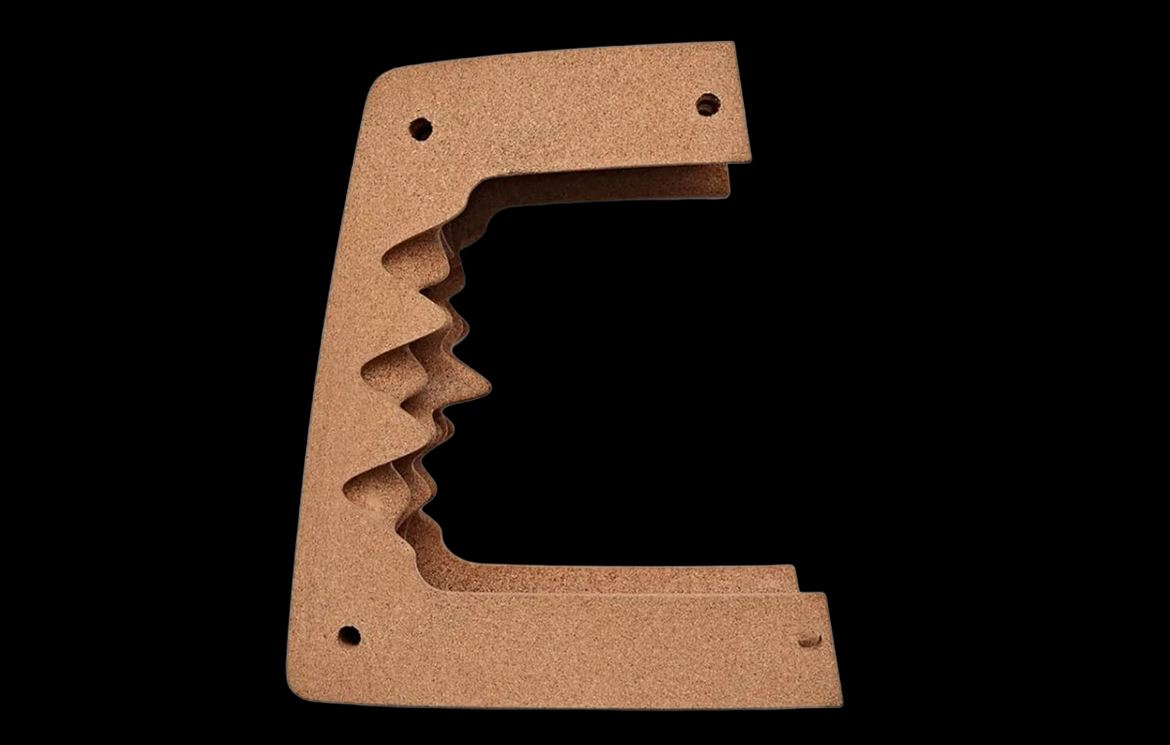
Inner cabinet made in Portugal from an injection-moulded block of cork
By constructing the inner cabinet from a block of cork, injection-moulded in a Portuguese factory, Sonus faber has created a single-piece structure that is both lighter and more rigid than MDF. It acts as an acoustic 'sponge', absorbing internal standing waves and eliminating the need for the traditional foam 'filling' that degrades sound quality.
Vegan skin
On the other hand, the familiar asymmetrical trapezoidal silhouette, measuring 314 x 214 x 297 mm and weighing 6.6 kg, now features thinner, natural walnut-ribbed wood sides that reinforce lateral rigidity, thereby eliminating the need for internal bracing.
The cork core is then delicately wrapped in vegetable leather, made from oranges and cacti, developed by Italian start-up Ohoskin. It is a soft, eco-friendly vegan skin with the same traditional leather feel and look as the one used in the original Concertino.
A brass nameplate with a serial number from 1 to 300, aluminium rings for fixing the speakers, the mouth of the reflex port also made of walnut wood, and high-quality double gold-plated terminals (bi-amping) complete the visual concept of the Concertino G4.
Natural minimalism
The front panel (baffle), also lined with vegetable leather, features a 25 mm silk dome D.A.D. (Damped Apex Dome) Arrow Point tweeter and a long-throw mid-bass driver with a 130 mm paper pulp cone and organic basket.
The crossover filter is minimalist, with a low cut-off frequency of 1.7 kHz, and preserves the phase coherence of both transducers. This is complemented by the laminated paper and wood tube of the reflex port, which replaces traditional plastic.
The sensitivity of only 85 dB and the impedance, which can dip below 4 ohms, suggest the need for an amplifier with some musical vigour. Nonetheless, the Concertino G4s performed well even with a Class D toy like the Eversolo Play.
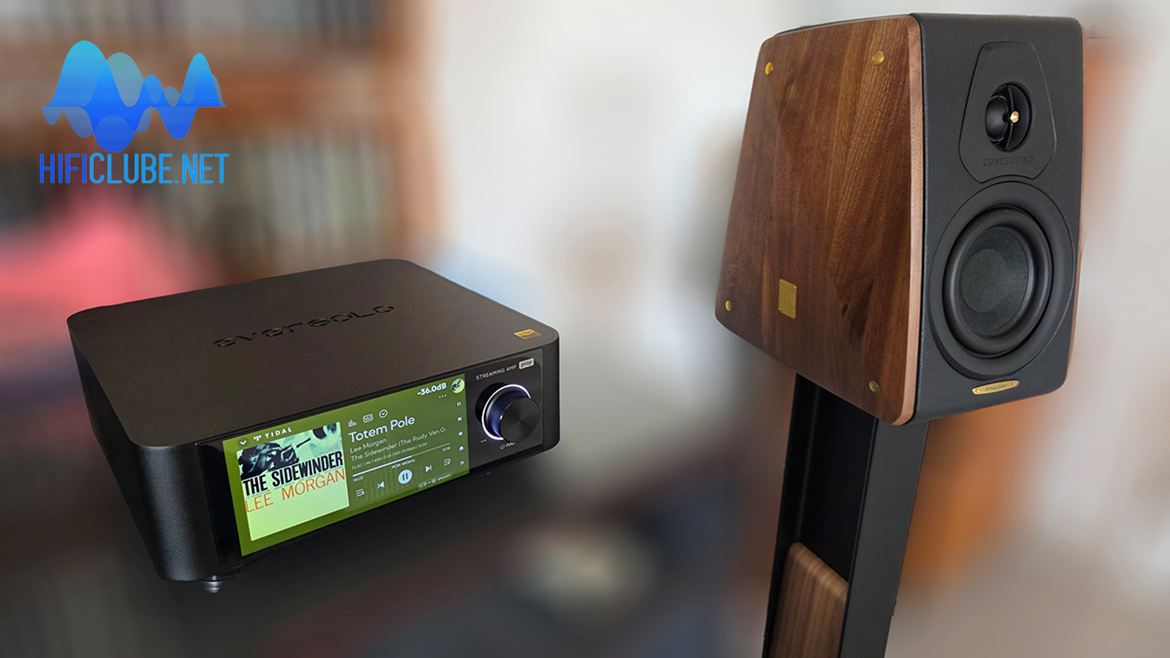
Concertino G4s performed well even with a Class D toy like the Eversolo Play.
Valves and solid state
Overall, the Concertinos performed well with all the amplifiers I matched them with: HiFi Rose RS520, Eversolo Play, Bluesound Node Icon/Lab 12 Mighty, Marantz 60n, Rotel A8 and Musical Fidelity B1xi.
Feed them with a slightly more powerful amplifier, and they will willingly reach party levels. However, if you overdo it, some hardness might step in, requiring a subwoofer, as the laws of physics are unforgiving.
Music, Maestro!
My small studio was filled with music as Emanuel Ax's piano notes blossomed over a layer of vegetable substrate from Yo-Yo Ma's cello, illuminated by Leonidas Kavakos' violin, performing Beethoven's Piano Trio No. 7 'Archduke'.
Below 60Hz, the laws of physics took over. The cello lacked its full-bodied presence but not the bass line definition. With the mid-bass paper pulp cone, the walnut side panels, and the contribution of the laminated paper reflex port, it imparted 'organicity' and 'elasticity' to the generally warm tonal sound. At the same time, the timbre of the instruments remained true to life, even at civilised late-night listening levels.
Mozart's string quartets dedicated to Haydn, performed by the Casals Quartet (two violins, viola, and cello), revealed all its chromatic subtlety and the Concertino's gift for harmonic depth. Each instrument has its own space, while the bows draw out emotions with a hint of resin, and the wood imparts the sounds with the resonances of nature.
Bill Evans' trio is now performing 'Waltz for Debby' at the Village Vanguard in New York in 1961. I was amazed at how such small speakers could convey Evans's piano, LaFaro’s double bass (he died shortly after this recording), and Paul Motian’s cymbals and brush technique so realistically, making one forget that these are not wideband speakers. Instead, they allow focusing on the romantic and rhythmic intensity of the music.
In Private Investigations by Dire Straits, Mark Knopfler's whispered voice emerges illuminated in the centre of a pitch-black stage. A guitar strummed with mastery and subtlety heralds the calm before the storm of synthesisers, keyboards and pulsating electronic percussion. Finally, the electric guitar asserts its presence with short, sharp, thunderous riffs.
It's not the same as listening to this track on a wideband system, I admit. However, the ingredients are all there, within their limited bandwidth, and the Concertinos offer enough impact and rhythm for a medium-sized living room.
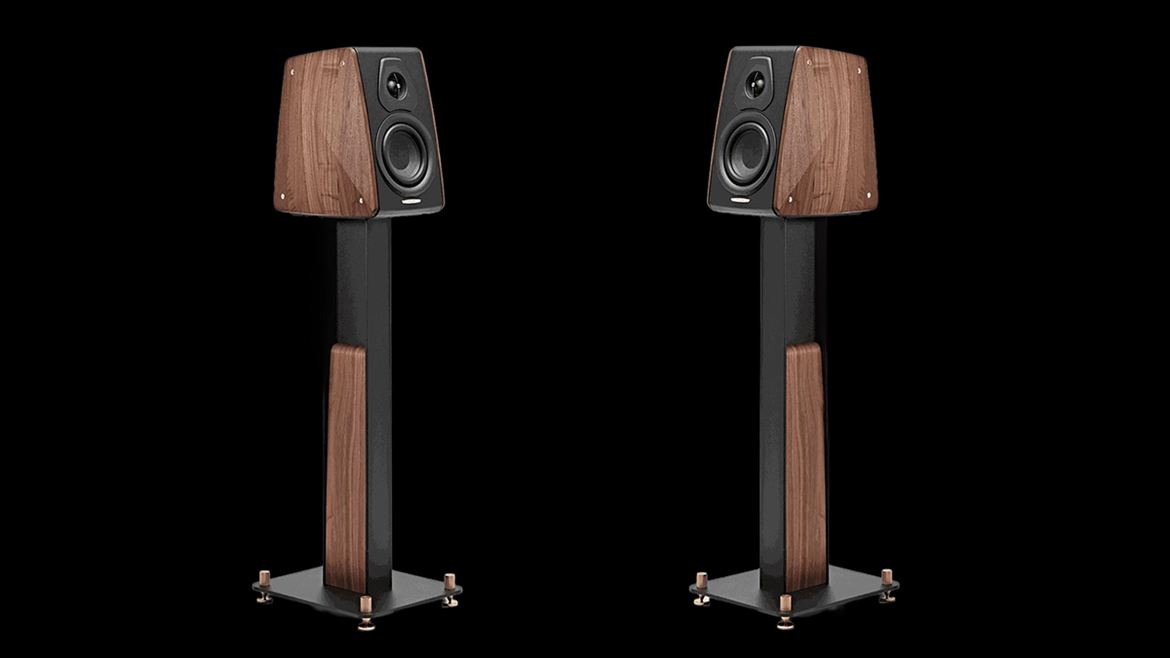
The heavy G4 stands, also made of metal and wood, do not allow for height adjustment.
Place them on a pedestal
Unlike the original Concertino stands, the heavy G4 stands, also made of metal and wood, do not allow for height adjustment and are perhaps too tall. The idea is to position the tweeter at the height of a seated person's ears, but this largely depends on the type of chair or sofa.
The Concertino G4 is a small masterpiece — an Italian musical instrument with a Portuguese soul.
I used an office chair with hydraulic lift, which permitted my height adjustment. I observed more differences with a slight toe-in than with bi-wiring. The best tonal results were achieved with tube amplification. Conversely, the Concertino G4 only revealed their full dynamic range with the support of solid-state amplification.
Finale com brio
The Sonus Faber Concertino G4 demonstrates that sustainability can serve art without compromising it. The Portuguese cork core is more than an environmentally friendly label—it embodies art and acoustic engineering that grant these Italian “sopranos” a remarkable purity of tone, eliminating internal standing waves from the start and enabling Cecilia Bartoli to breathe freely.
Combine this with the walnut, vegan leather, and traditional asymmetrical cabinet design, and you have speakers that sing with Mediterranean warmth and the precision of a Nordic studio monitor.
For medium-sized rooms and listeners who prioritise tone, texture, and emotional connection over volume, the Concertino G4 is a small masterpiece—an Italian musical instrument with a Portuguese soul: elegant, natural, and captivating, perhaps because it sounds so genuinely human.
For further information, please contact IMACUSTICA, or your local dealer.

